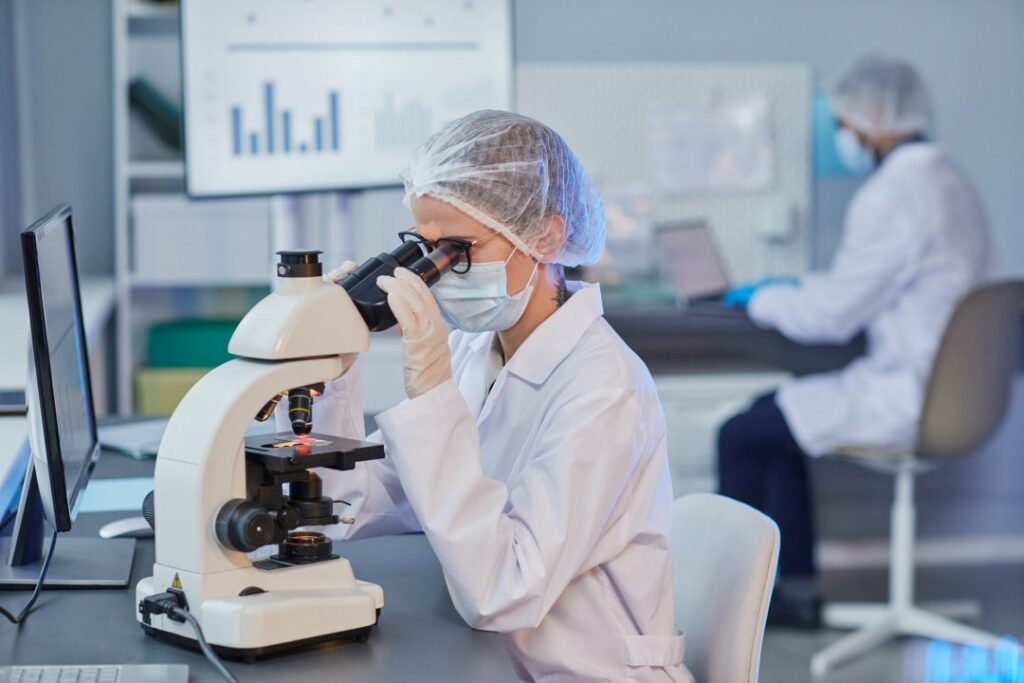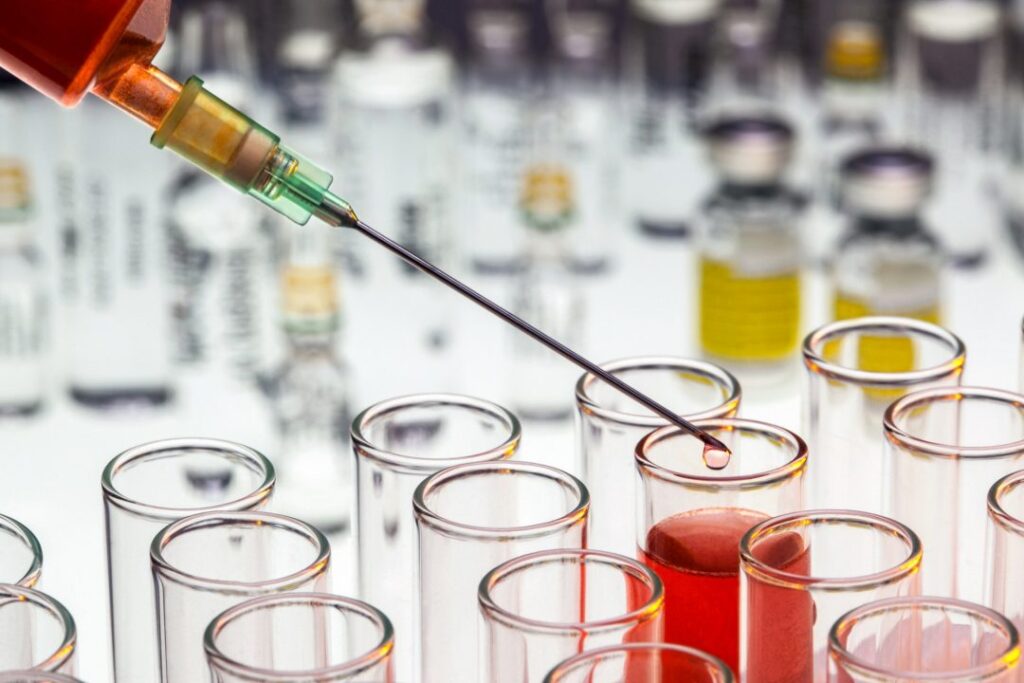- Have any questions?
- +91 90737 61769
- contact@cluegenix.net
Designing a molecular diagnostic lab involves careful planning and consideration of various technical, regulatory, and operational factors to ensure functionality, efficiency, and compliance with quality standards. Here are key aspects and considerations for molecular diagnostic lab design services:
Key Considerations for Lab Design:


Cluegenix is a San Francisco based company focused on making translational genomics technologies accessible globally to enable quick detection of diseases at scale.
Get The Latest Updates via email. Any time you may unsubscribe